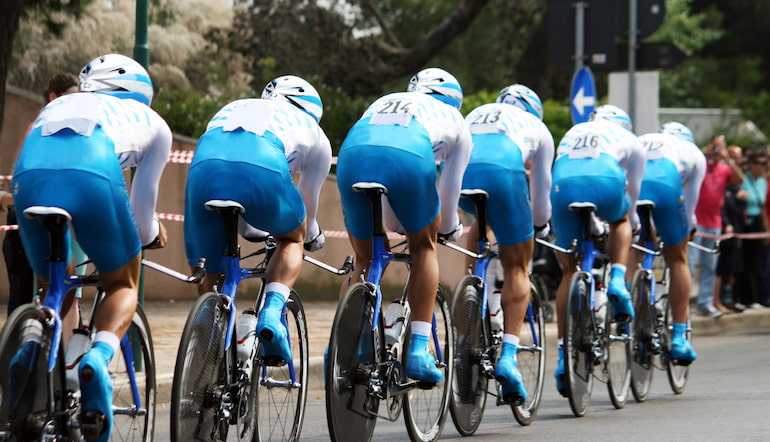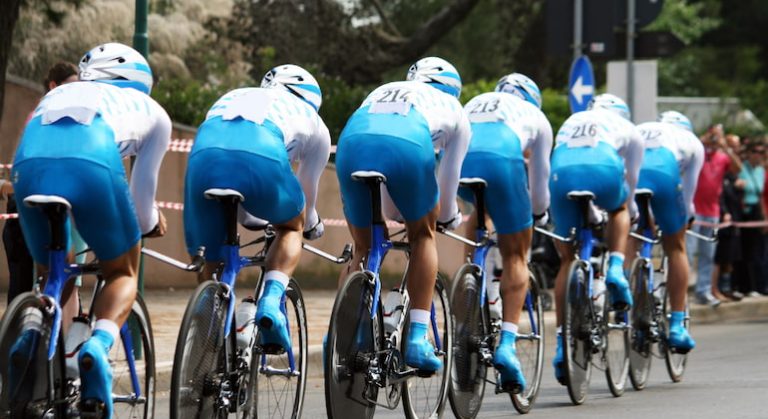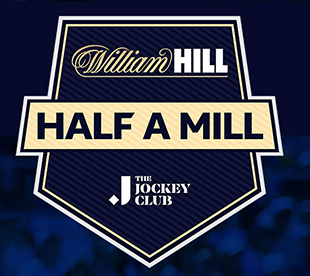Cycling
Cycling Grand Tours: Everything You Need To Know

A guide to the three Grand Tours in road cycling, with the eyes of the world on each event this summer.
Cycling’s Grand Tours are watched around the world. The Tour de France is reportedly the most-watched sporting event – the audience stretches far beyond cycling betting aficionados to the more casual fans, tuning in to see which rider can make history.
What are the Cycling Grand Tours?
Road cycling’s three Grand Tours are the Vuelta a España, Tour de France, and Giro d’Italia. The three races share similar formats, lasting three weeks across a variety of stages.
Each of the events receive more points for the UCI World Tour than other events, and they are the only races permitted by the UCI to last more than a fortnight.
Live betting interest in the Grand Tours is considerably greater than for other events on the cycling calendar. All three have rich history, with the Tour de France and Giro d’Italia first being competed in the 1900s. The Vuelta a España started in the 1930s.
When do the Grand Tours Take Place?
The Giro d’Italia is usually the first of the three Grand Tours, followed by the Tour de France and Vuelta a España. The Giro predominantly takes place in May, the Tour follows in July, and the Vuelta is across the latter part of August and September.
Each race usually has a couple of rest days in the second and third weeks of the schedule.
Where are the Grand Tours Raced?
The Grand Tours are predominantly raced in the countries that are included in their names. There are exceptions to his, however.
The Tour de France, for instance, began in Denmark in 2022, and the Vuelta a España has previously started in different European countries, including Hungary in 2022.
While the routes raced vary year-to-year, two of the three Grand Tours finish in the same location each year. The Tour de France concludes on the Champs-Élysées in Paris. Most editions of the Vuelta a España finish in Madrid.
The Giro d’Italia traditionally finished in Milan for much of its history, but the location has rotated in recent years.
How Many Stages are in a Grand Tour?
Each of the Grand Tours comprises of 21 stages. These are a mix of mountain stages, time trials, and varying terrains.
Grand Tour Classifications
- General Classification – The main classification, generally ordered by aggregate time across every stage.
- Young Rider Classification – The best riders under a certain age threshold (often 23 or 26 years of age).
- Mountain Classification – The rider with the best performance on climbing stages.
- Sprinting Points – Points are awarded for performance along certain stretches of the race.
- Team Classification – Awarded based on the three top riders per team. Usually calculated by combining their times.
Most Successful Grand Tour Cyclists
- Eddy Merckx – 11
- Bernard Hinault – 10
- Jacques Anquetil – 8
- Fausto Coppi – 7
- Miguel Indurain – 7
- Alberto Contador – 7
- Chris Froome – 7
- Alfredo Binda – 5
- Gino Bartali – 5
- Felice Gimondi – 5
- Primoz Roglic – 5
- Tony Rominger – 4
- Roberto Heras – 4
- Vincenzo Nibali – 4
- Tadej Pogacar – 4
What is the Triple Crown?
A cyclist completes the Triple Crown when they win all three Grand Tours in a single season. This feat has only been achieved on three occasions, though many more cyclists have won all Grand Tours across the duration of their career.
Considered one of the most challenging feats in sport, this is a truly exclusive club for the sport’s greatest ever.
Triple Crown Winners
- Eddy Merckx – 1974
- Stephen Roche – 1987
- Tadej Pogacar – 2024
Career Winners of all Three Grand Tours
- Jacques Anquetil
- Felice Gimondi
- Eddy Merckx
- Bernard Hinault
- Alberto Contador
- Vincenzo Nibali
- Chris Froome
Most Consecutive Grand Tour Wins
- Eddy Merckx – 4 (1972-73)
- Fausto Coppi – 3 (1952-53)
- Bernard Hinault – 3 (1982-83)
- Chris Froome – 3 (2017-18)





